FiiO E07K Review - Operation, Performance and Verdict Review
Operation, Performance and Verdict
A headphone amp and DAC that offers pristine sound at a great price
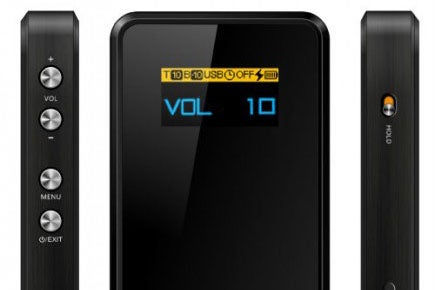
Sections
- Page 1 FiiO E07K Review
- Page 2 Operation, Performance and Verdict Review
FiiO E07K – Operation
The crisp, bright OLED display illuminates blue and orange and shows the current volume in large digits, as well as the treble and bass levels, the current input (USB or AUX), sleep timer, charging status and the battery level.
Hit the menu button and a list of options appears – bass, treble, gain and balance adjustments, which weren’t found on the original E7, plus sleep timer, display and volume settings. Gain can be set to 0, 6 or 12dB, while bass and treble levels range from -10 to 10dB.
Using the volume and menu keys to navigate is a little odd and fiddly, but you get used to it. A tiny light on the front glows blue when activated or red when switched off.
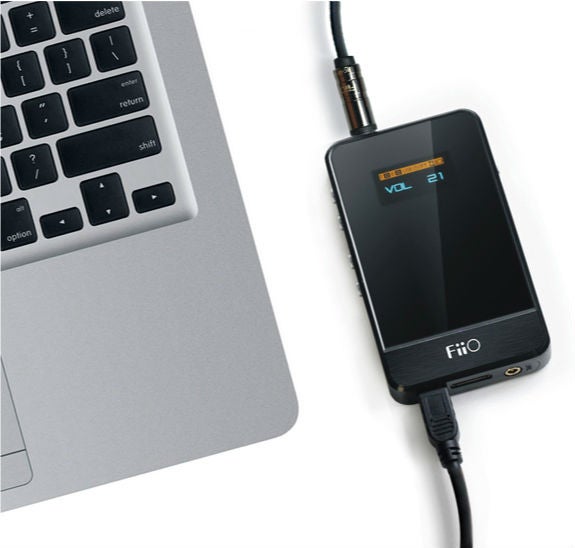
Setting up the E07K with a PC is quick and painless. Connect the two using the USB cable and wait for your PC to automatically install the drivers, then select the FiiO in the ‘Devices’ section of Windows Media Player. Voila, you’re ready to go.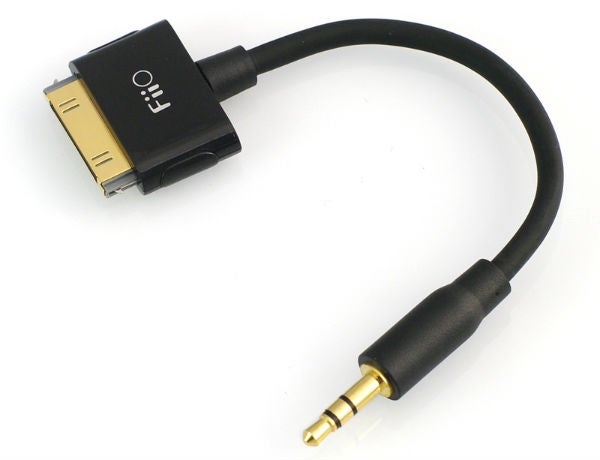
FiiO also sells a range of cables and accessories to make it easy to connect other devices. For example, the L3 lead connects an iPod’s 30-pin port to the FiiO’s 3.5mm input jack, while the L7 slots into the bottom of the E07K and provides a line output for active speakers.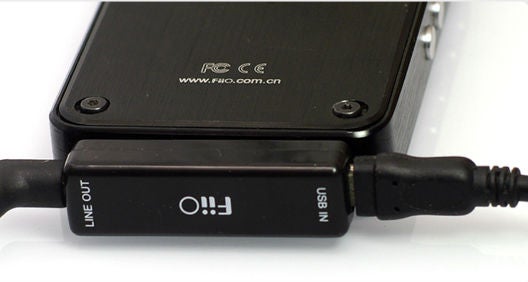
Additionally you can dock it on one of FiiO’s desktop headphone amps like the E09K and increase the power. In this setup the E07K acts as the DAC while the E09K provides the muscle. Docking it blocks the E07K’s USB connection but there’s one on the E09K.
FiiO E07K – Performance
Hooking up the E07K to a common or garden laptop brings about a significant improvement in sound quality through our Sennheiser HD598s. Switching between the laptop’s own headphone output and the E07K, the latter delivers a more neutral sound with much crisper, more polished high frequencies than the more aggressive top end of the laptop’s soundcard.
Vocals sound rich and smooth, enhanced by tiny nuances that make everything feel more believable and involving, such as breaths or the little smack as the singer opens their mouth. The stereo image is expansive, which works beautifully with live material as it makes you feel like you’re in the middle of the performance.
There’s a definite step up in detail. The brass section really stands out and it easily picks out faint background cymbals and hats. The gentle applause and hushed crowd voices are audible amid the live music, adding to the sense of immersion.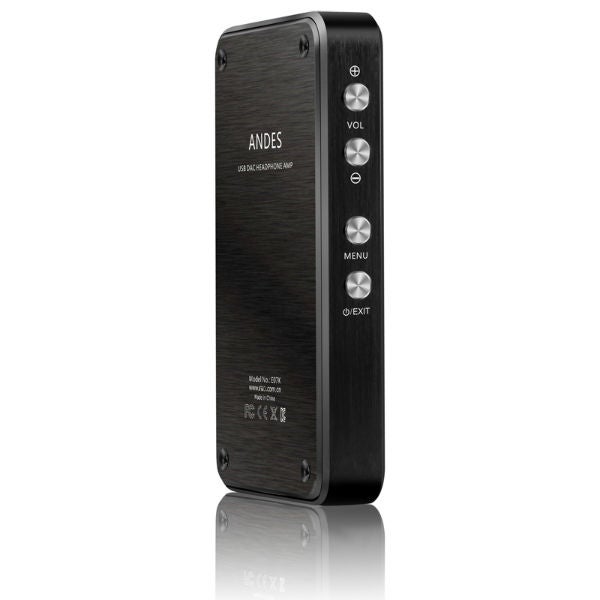
It’s also a dab hand with low frequencies, which means that basslines and kick drums sound tight and punchy without overpowering other sonic elements. Playing about with the bass and treble settings garners satisfying results, even though it’s a fairly hit and miss method of tweaking the EQ. The gain settings can add extra punch but its naturally fulsome output meant we had it at zero most of the time.
Lossless FLAC files obviously show off the FiiO in its best light but it’s perfectly capable of making 320kbps or even 192kbps MP3 sound great. If al you care about is pristine sound quality then the FiiO is more than capable of delivering it.
Verdict
Despite its low price tag, the E07K doesn’t skimp on build quality or performance, and for that reason it’s astonishingly good value. There’s a palpable boost in sound quality and its spec improves on that of the original E7, adding 96kHz/24-bit support via USB, bass/treble adjustments and a hold switch. There are plenty of sockets too, and the ability to dock it on the E09K could be useful if you want a further upgrade in the future. If you’re pondering whether to choose this or the £99 E17, there’s very little to choose between them in terms of performance, design and operation, so if you don’t need the SPDIF input and its true high-end 192k support then the cheaper E07K will do nicely.
Trusted Score
Score in detail
-
Design 9
-
Sound Quality 9
-
Features 8
-
Value 9
-
Usability 8

